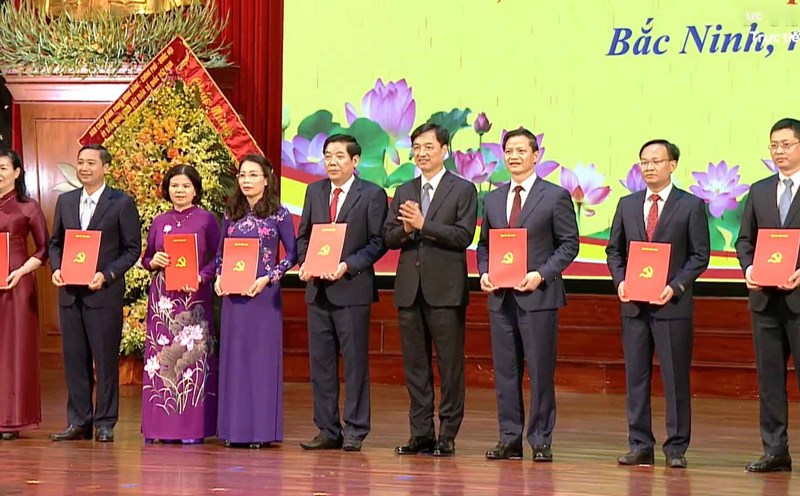Determining this as an important task, training, fostering and developing human resources for Binh Thuan tourism has been implemented in many forms in recent times. In 2024 alone, vocational training institutions in the province have newly recruited and trained in the tourism sector for more than 3,000/16,860 people. Focus on a number of industries and professions serving tourism such as: English, Hotel and restaurant business administration, Resort management, Reception care, Hotel restaurant service, Tourism guide, Drinks preparation, room service, Restaurant service (bank shift)...
However, currently only about 35% of the workforce in the tourism sector is well-trained according to the specialty, mainly concentrated in 3- to 5-star hotels and resorts. Notably, the rate of workers who can speak a foreign language only reaches about 20%, mostly concentrated in the reception department, mid-level management and some tour guides. While most service staff at food and beverage establishments, transportation establishments, and tourist attractions have difficulty communicating with international visitors.
The weaknesses in Binh Thuan tourism human resources are currently assessed by specialized agencies to stem from a number of reasons such as: The training model is not yet connected with businesses, the connection of organizing on-site training classes between schools and businesses has not received due attention; there is a lack of a mechanism to attract and develop on-site tour lecturers... In addition, the current workforce is mainly Gen Z - people with unique characteristics in working attitude, skills and needs, requiring businesses to adapt and build appropriate strategies.
Binh Thuan Tourism Association said that since the beginning of the year, it has focused on training and fostering professional skills in member businesses and affiliated associations to meet immediate and long-term needs. The proposed solutions include continuing to implement the contents of the cooperation agreement signed between universities and colleges in the province. At the same time, it will conduct a survey of the needs of businesses, thereby planning long-term training. Each tourism business in the province also increases the organization of on-site human resource self-training programs.
Ms. Vo Thuy Loan - Manager of Sunrise Mui Ne Restaurant - said that there is currently a surplus but a shortage of human resources for tourism. The shortage here is experienced and professional personnel in the tourism industry, understanding what tourists need and demonstrating professionalism in service.
To do this, each travel agency can also train its own staff and teach them specialized English words. Training how to receive guests, communicate and meticulously to each position of wrapping food and drinks, understanding what each culinary style will require and how to handle situations that occur during the service process. In addition to the efforts of businesses, the functional sector also needs to play a coordinating and guiding role so that the quality of human resources can meet the requirements of innovation and integration.
On June 12, the National Assembly passed a Resolution on the arrangement of provincial-level administrative units in 2025. The new Lam Dong province was formed based on the arrangement of the entire natural area and population of Dak Nong, Binh Thuan and Lam Dong provinces. This new province has a long, beautiful coastline of Binh Thuan, forest, mountains and artificial lakes of Lam Dong and Dak Nong, bringing diverse and unique ecological experiences. The "altitude - sea" product chain, when connected, will attract a large number of domestic and foreign tourists.
With the combination of 3 provinces after the merger, the potential for a non-smoked industry, which is tourism, will be huge. Therefore, preparing high-quality human resources is one of the key factors. Because this is not only the foundation of businesses but also determines the attraction of investment projects as well as the development of investment strategies for tourism in the future.











